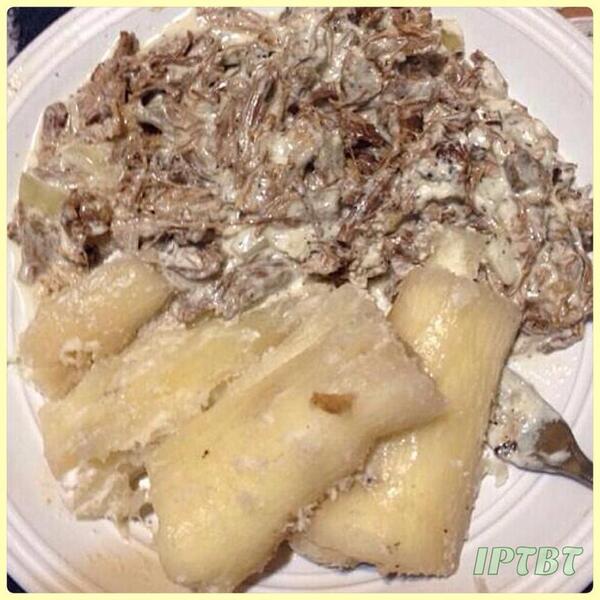Activity 2: Acknowledging Ancestry
All of us are members of a family. Some of us have large families and some of us have very small families. When I have the opportunity to talk about my family and my ancestry I sometimes choose to use a pepeha. It is a very special way of identifying who I am and where I come from. There are many different versions of pepeha but most provide people with information about who you are and where you come from (i.e. your whakapapa). Use the template provided below to prepare your own unique pepeha. If you need help please watch this short movie clip on preparing a pepeha.
SAMPLE PEPEHA
Ko Mt Wellington te maunga
Ko Tamaki te awa
Ko New Zealand Airline te waka
Ko ? tōku tīpuna
Ko Tonga Tapu tōku iwi
Ko Peaua tōku hapu
Ko (Nothing) tōku marae
Ko New Zealand Auckland ahau
Ko Keri rāua ko Likio ōku mātua
Ko Mary tōku ingoa.
*affiliate means to associate with, or be close to.
MY PEPEHA
Ko Gatineau te maunga.
Ko Mississippi te awa.
Ko James Telford Stirling tōku tīpuna.
Ko Williamson-Stirling tōku iwi.
Ko Williamson tōku hapū.
Ko Almonte tōku marae.
Ko Almonte, Canada ahau.
Ko Leslie rāua, ko Ron oku mātua.
Ko Rachel tōku ingoa.
When you have completed your pepeha, post it on your blog. You could even post a video of you reading out your pepeha.
Bonus Activity: Fun Family Facts
Everyone’s family is unique. What makes your family special? Choose three people close to you and ask them what their two favourite things to do in summer are.
On your blog, write two fun facts about each person. For example, my Nana plays the bagpipes!
Brother- My Brother loves playing video games and helping people.
Sister- My Sister is the youngest and she loves to read books about princesses and she is really kind and special to me.
Dad & Mum - My Mum and Dad are both grateful and hard working parents but they always take really good care of us and they are really kind, lovely and really special in my life.

